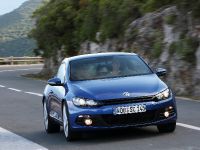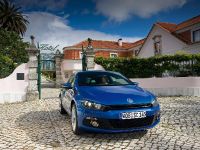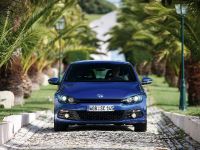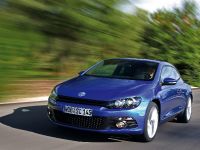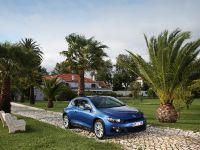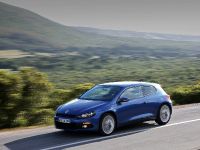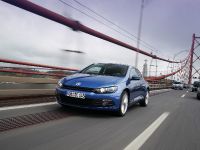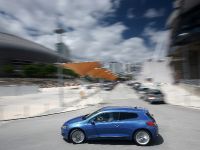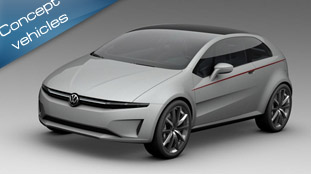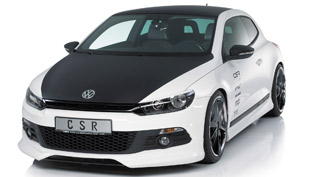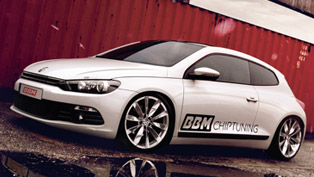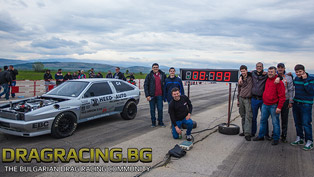The Scirocco story – Two generations of the Volkswagen sport coupé
With the market launch of the new Scirocco just round the corner, Volkswagen Aktiengesellschaft's Corporate History Department is presenting the story of a model with a difference in a new book entitled "Scirocco. Aufregend vernünftig. Der Volkswagen Scirocco 1974-1992." Based on previously inaccessible documents from the Corporate Archive in Wolfsburg, historian and archivist Claudia Böhler for the first time traces the history of the first generations of the "desert wind from the Mittellandkanal", from development and series production through to the marketing and sale of the Volkswagen sport coupé.
A hot wind began sweeping through the streets in 1974: the Volkswagen Scirocco. This, the second model in the new product generation which began with the Passat, celebrated its premiere at the Geneva Motor Show in March. The developers from Wolfsburg, together with the Osnabrück-based coachbuilders Karmann and Italian designer Giorgio Giugiaro, put the Golf's sporty brother on the road. The main pillars of the technical concept for the compact class were front-wheel drive with a water-cooled, transversely mounted engine, a unit body and a four link rear axle.
The people's sports car quickly made friends: in 1974 alone, Scirocco sales totaled 24,555 and this figure had already more than doubled one year later when sales reached 58,942 units. The Scirocco was not just attractive, fast and safe, it was also reliable and economical, and had an excellent finish. This was a car that proved its suitability for everyday use with plenty of room for four plus a spacious luggage compartment and a safe chassis.
The second generation unveiled in March 1981 continued the proven technical concept. The product core was, however, extended to include comfort and elegance as additional characteristics. Designers from the in-house styling department rounded off the corners and edges and chose more organic lines to allow for optimum use of the interior. The market's initial reaction was reserved. Attractive special models such as the "White Cat" and the "Tropic" helped sales along over the coming years.
The last second-generation Scirocco left the assembly line in Osnabrück on September 7, 1992. 797,734 vehicles produced over a period of 18 years is a figure that speaks for itself. The Scirocco firmly established the Volkswagen brand on the high-profile sports coupé market – a long tradition that continues today as the new Scirocco again hits the road like a breath of fresh air.
"This book on the sporty Scirocco is the first in a series about Volkswagen models which provides our customers, the media and all youngtimer friends with a reliable source of information on the unique and distinctive history of the Volkswagen brand and its models," Manfred Grieger, Head of the Corporate History Department, commented.
The book (ISBN 978-3-935112-33-5) is available from booksellers and costs 19.80 euros
